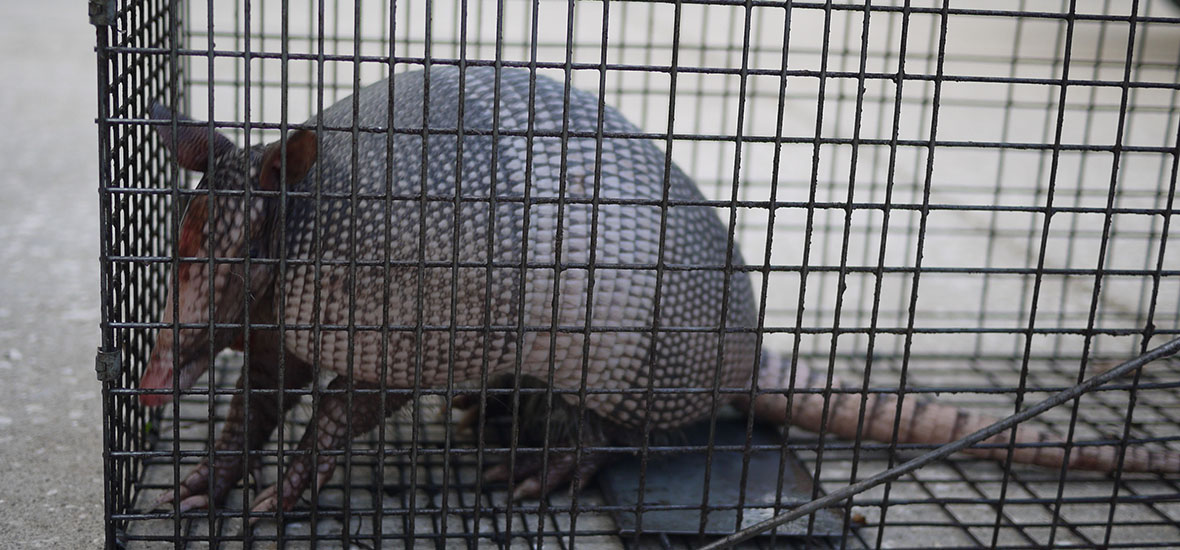- info@SugarLandpestanimal.com
Call 24/7 for a free quote:
281-549-5124
How did Armadillos Get to North America and Texas
There are about 20 species of Sugar Land armadillo that is found across the globe but only one of them can be found in the US. The nine-banded armadillo has successfully expanded on the northern part of the US over the past 150 years. Before the year 1850, the creature can only be found in the northern section of the Rio Grande. Their rapid growth in the Southern part of the US has continued to baffle the experts for ages.

The Spread of the Armadillos in the US
The level of their expansion is around 10 times much quicker when compared to the different Texas mammals. There were reports that they’ve seen the armadillo in places where they are not normally found and you are probably thinking how far they can conquer considering that they will not thrive well in the cold areas.
Where Armadillos Originate
The Sugar Land armadillo is a member of the Superorder Xenarthra family which includes the anteater and the sloth. These creatures originated from South America. Most of these creatures have reached North America through the newly-formed land bridge of Panama around 3,000,000 years back. Half of those creatures that have been travelling to North America were part of the Xenarthran family. However, these creatures became extinct after 10,000 years. The Dasypus Bellusis is the last armadillo that lived in North America during the ancient period. Signs of its existence back then have been found in Nebraska, Iowa, and Missouri before it became extinct some 11,000 years back. After that, there were no armadillo that can be found in the US.
Armadillos Started Moving to the Northern Part Again
Today, the 9-banded Texas armadillo is starting to conquer the US. Their migration can be attributed to numerous factors. However, there are also some obstacles that hinder them to live in the other parts of the US. For instance, while it may be true that the armadillo can hold their breathing for at least 6 minutes, the Rio Grande still serves as a huge obstacle to them. There are also large rivers such as the Mississippi River that acts as a barrier that thwart their expansion. Hunting has also threatened the population of the armadillo. There are also huge predators like panthers and wolves that control the population of the armadillo.
Mass Colonization
The mass colonization that happened in the year 1800s has removed the restriction to the expansion of the Texas armadillo. The travelling back and forth the Rio Grande has helped the armadillo to take a trip to the other side of the river. There are also other humans who physically brought them to the US as a source of food. Colonization in the US has allowed this creature to thrive in various parts of North America.
Until today, the expansion of the Sugar Land armadillo in the US has been affected by the season, rainfall, and temperature. Remember that this creature can store only a small amount of fat and they have a low body temperature. This means that they won’t be able to establish their population in areas below 2-degrees.
Visit our Sugar Land wildlife trapping home page to learn more about us.

